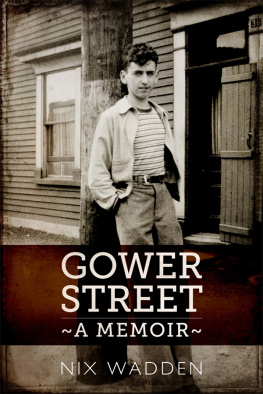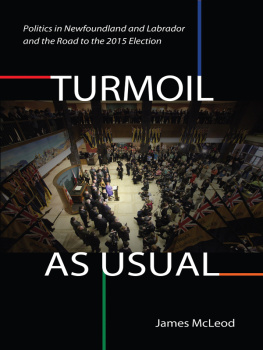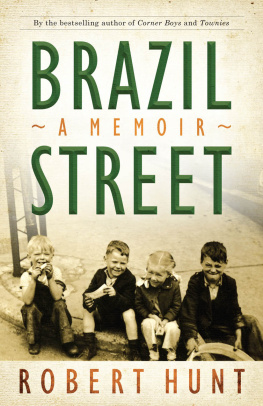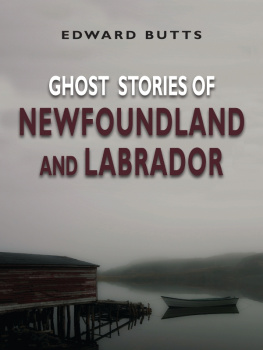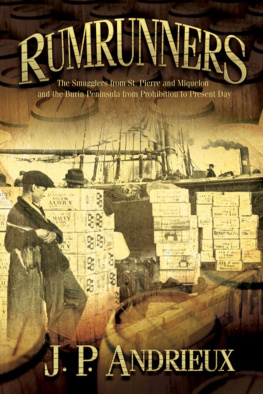Gower Street

a memoir
Nix Wadden

Library and Archives Canada Cataloguing in Publication
Wadden, Nix, author
Gower Street: a memoir / Nix Wadden.
Includes bibliographical references and index.
Issued in print and electronic formats.
ISBN 978-1-77117-425-1 (paperback).--ISBN 978-1-77117-426-8
(html).--ISBN 978-1-77117-427-5 (html).--ISBN 978-1-77117-428-2 (pdf)
1. Wadden, Nix. 2. Reporters and reporting-
Newfoundland and Labrador--Biography. 3. Newfoundland and Labrador--Biography. I. Title.
PN4913.W33A3 2015 070.92 C2015-906037-0
C2015-906038-9
2015 by Nix Wadden
ALL RIGHTS RESERVED. No part of the work covered by the copyright hereon may be reproduced or used in any form or by any meansgraphic, electronic or mechanicalwithout the written permission of the publisher. Any request for photocopying, recording, taping, or information storage and retrieval systems of any part of this book shall be directed to Access Copyright, The Canadian Copyright Licensing Agency, 1 Yonge Street, Suite 800, Toronto, ON M5E 1E5. This applies to classroom use as well.

PRINTED IN CANADA
This paper has been certified to meet the environmental and social standards of the Forest Stewardship Council (FSC) and comes from responsibly managed forests, and verified recycled sources.
Cover Design by Graham Blair Edited by Robin McGrath
FLANKER PRESS LTD
PO BOX 2522, STATION C
ST. JOHNS, NL
CANADA
TELEPHONE: (709) 739-4477 FAX: (709) 739-4420 TOLL-FREE: 1-866-739-4420
WWW.FLANKERPRESS.COM
9 8 7 6 5 4 3 2 1

We acknowledge the [financial] support of the Government of Canada. Nous reconnaissons lappui [financier] du gouvernement du Canada. We acknowledge the support of the Canada Council for the Arts, which last year invested $153 million to bring the arts to Canadians throughout the country. Nous remercions le Conseil des arts du Canada de son soutien. Lan dernier, le Conseil a investi 153 millions de dollars pour mettre de lart dans la vie des Canadiennes et des Canadiens de tout le pays. We acknowledge the financial support of the Government of Newfoundland and Labrador, Department of Tourism, Culture and Recreation for our publishing activities.
Preface
In Newfoundland, you dont just come from the place where you first saw the light of day; you belong to it. Belonging means so much more than just happening to have been born there. Its mutual ownership; the place owns you just as much as you own it. Its home always, no matter how far afield your life may lead you. Its in your very marrow.
George Storys marvellous Dictionary of Newfoundland English got it right, defining the word belong as to be a member of a family a native or inhabitant of a place one is never from or even born in a place, one always belongs to it.
Having lived more than half of my life on alien shoresif thats what you can call the banks of the Ottawa RiverI know that there is only one place to which I belong, and that is St. Johns, the mauzy rain, drizzle, and fog capital of Newfoundland and Labrador.
I marvelled frequently as I grew up at the fact that, of all the places in the world, the one I was born in had this unique location on the very edge of North America, the easternmost habitation on this vast continent. St. Johns juts out in bold pre-eminence on North American topography as though daring to be different with a history and culture and personality all of its own. And isnt that the truth?
Looking back over a span of eight decades, I realize more and more each day how joyous and fulfilling it was to grow up in St. Johns when I did in the 1930s and 1940s. Perhaps I was luckier than most: others may have had fewer advantages and found life a lot harder then. Yet for me it was the best of times. My family life brought many blessings and only a few episodes of pain. Good friends, ample opportunities for healthy play and enjoyment, good schooling, and caring and trustworthy relatives and neighbours all combined to assure a happy, safe, and fruitful childhood, despite the threatening atmosphere of wartime on our very doorstep.
Those were interesting times with abundant dramatic events, remarkable personalities, fulfilling experiences, and, in retrospect, heartwarming memories that endure in tribute to something of a golden era for a truly special corner of the universe.
1
A Wartime Childhood
I was naive, no doubt, but a schoolboys thoughts when going to bed on those dark and nervous nights in St. Johns in the early 1940s were frequently scary. Unable to go to sleep in my third-floor bedroom, peering through the high dormer window toward the harbour just three streets below, I tensed timidly at every sound, convinced it might be the dull roar of attacking German aircraft. Screeching air-raid sirens were nightly reminders of the dangers that might befall us.
By day, such fears seemed silly enough to be embarrassing, so I seldom shared them with friends. Plain common sense in the cold light of day told me there was no way that Luftwaffe planes would swarm in from 2,000 miles away. Everyone knew they had no land bases or aircraft carriers anywhere near the Newfoundland coastline. But nightfall nudged far aside the calm of midday logic, and the fears lingered on.
For hadnt the Germans battered the Narrows of St. Johns with torpedoes, caught thankfully in defensive nets strung across between the Battery and Fort Amherst? Didnt we shudder with horror when fires that must have been lit by enemy agents destroyed the Knights of Columbus Hostel, killing ninety-nine people, some of whom we knew? Spies were probably all around us, and chances were there would be more horrors to come as this war got worse every day.
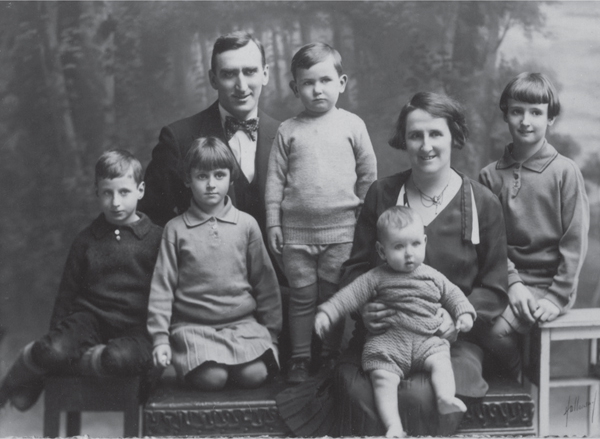
Family portrait circa 1931.
Front: Brian, Helen, Nix (Jr.). Rear: Nix Wadden (Sr.), Billy, Bridget, Mary.
Yes, the war was far too close for comfort for people, young and old, in Newfoundland, the closest part of North America to the rampaging forces of Hitlers Germany. Substantial houses across the street blocked direct views of harbour activities, but enough sound and bustle persisted to ensure vivid realization of ship movements and harbourside activities throughout the night hours. No light broke through, however, as rigid restrictions forbade all but minimal lighting on land or water. Blackout enforcement was constant and vigilant. Homes were shrouded with window blinds. Car headlights were fitted with covering devices to project light downwards. Some residents even strove to keep cigarette lighting under close control.
Air-raid wardens patrolled neighbourhood streets, cautioning homeowners whenever chinks of light showed through. Armed with hard hats and batons, wardens were mostly older men, past military service age, but included younger people, usually those barred for medical reasons from active service. Air-raid drills were frequent and frightening, and even though we were pretty sure they were drills, it was always with great relief that we heard the all clear sounded at their conclusion.

